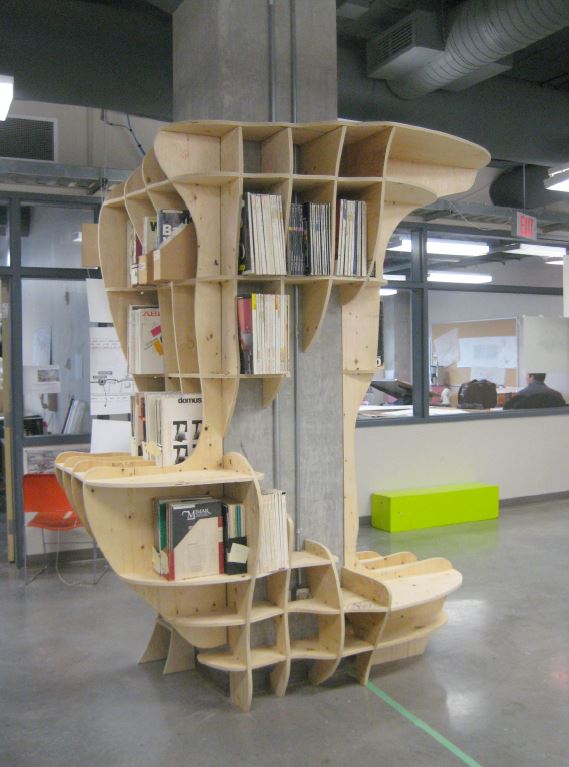
But what is a meme? As Susan Blackmore tells us in her book The Meme Machine, the Oxford Dictionary currently puts it as: Meme – an element of culture that may be considered to be passed on by non-genetic means, esp. imitation. Does this not instantly suggest the duality that scrapes our skulls, that keeps knocking on our own membranes: mimesis and poeisis? And if we are allowed to work freely within these ideas (we are still allowed that are we not in the 21st century?) survival in many disciplines, including our task at hand architecture, might resemble the way thinkers like D.C. Dennett see ‘memes’ manipulating the behaviour of living bodies. But it does not stop there. Memes can be good ideas, good tunes, good poems, as well as driveling mantras, as Richard Dawkins explains in his book Unweaving the Rainbow. Anything that spreads by imitation, as genes spread by bodily reproduction or by viral infection, is a meme. Lessons are repeated everywhere: every type, genre, style can be passed on, imitated, every sentence can turn into a novel, every sketch into a building, and every error into injustice.